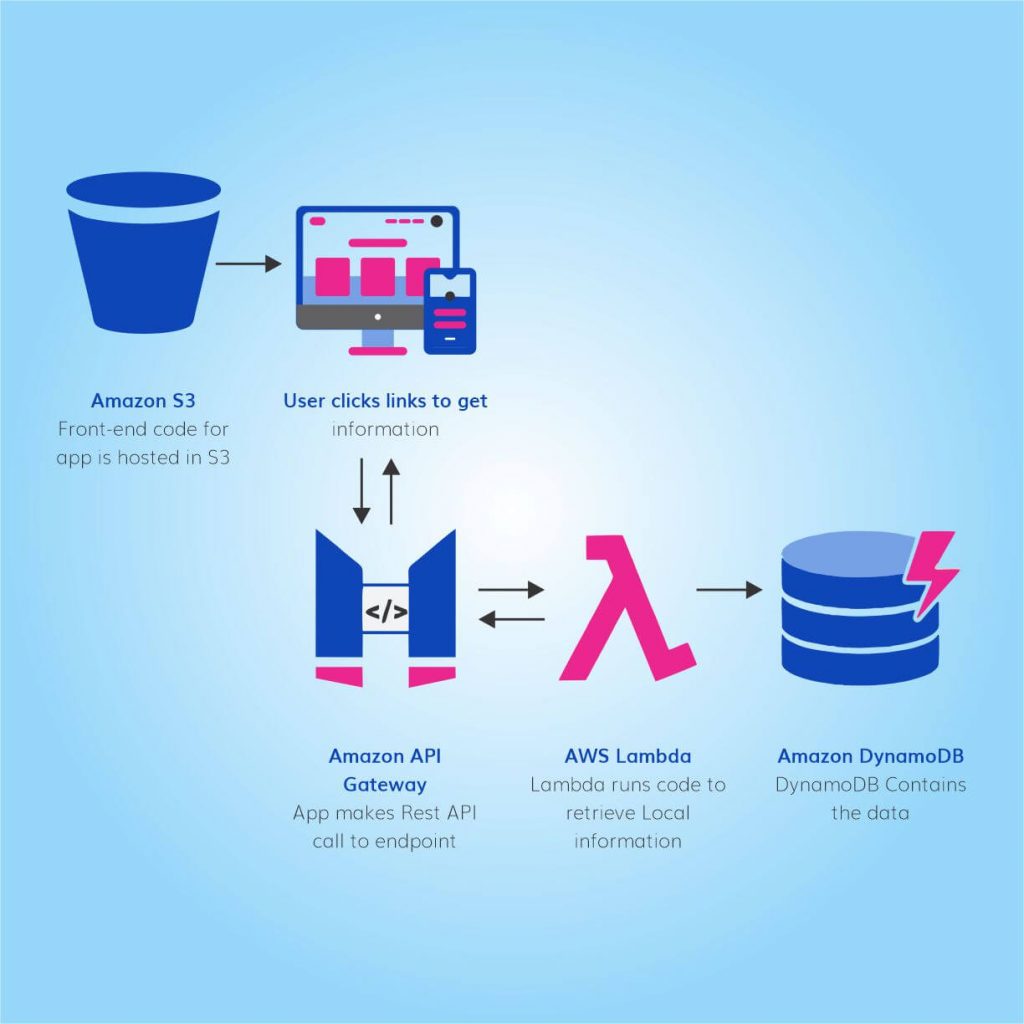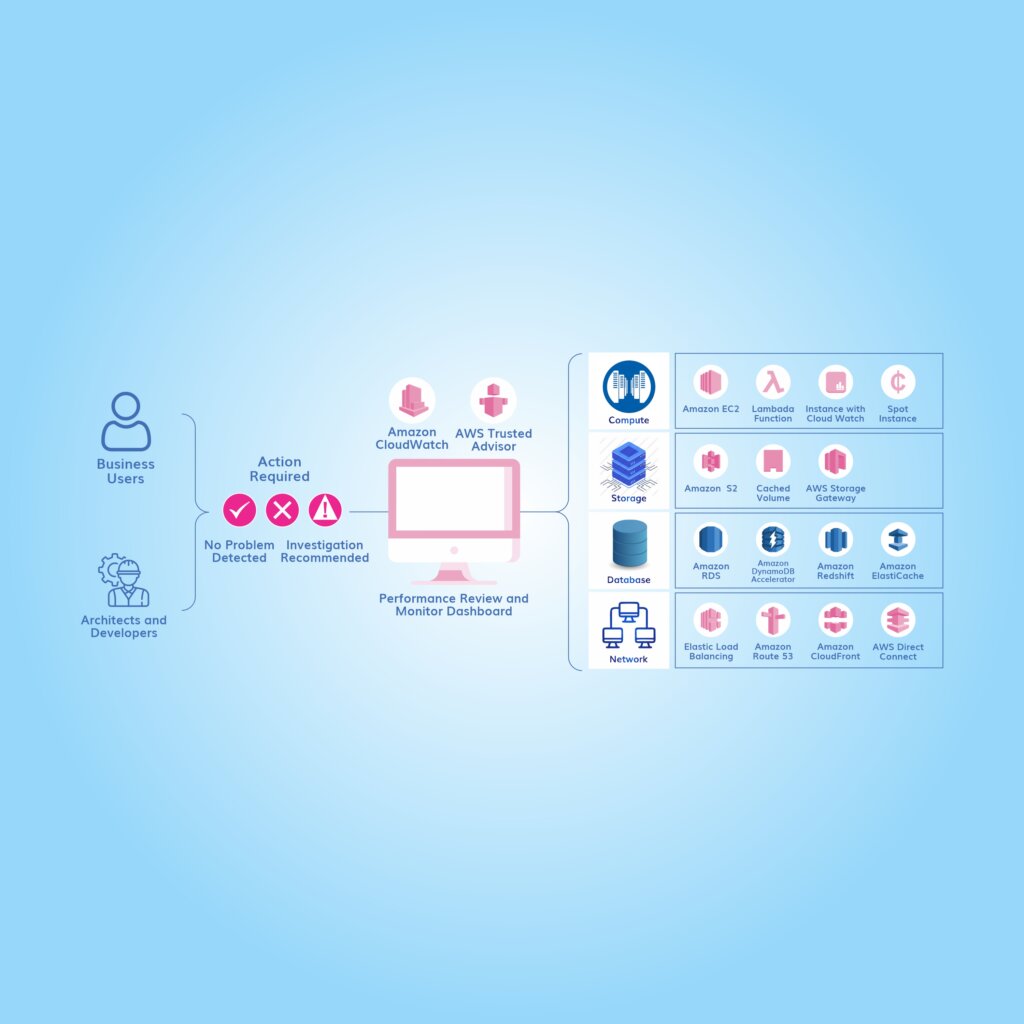How to Secure Funding for Your MVP Development
Securing funding for MVP development is a critical step for any startup. A Minimum Viable Product (MVP) allows you to test your idea in the market with minimal investment, gather user feedback, and iterate before full-scale development. However, getting the necessary funds to build an MVP can be challenging. This blog will guide you through the process of securing funding for your MVP development, from understanding different funding sources to crafting a compelling pitch.
1. Understanding the Importance of an MVP
Before diving into the funding strategies, it’s essential to understand why an MVP is crucial for your startup. An MVP helps in:
- Validating Market Demand: It allows you to test your product idea with real users and validate if there’s a demand for it.
- Reducing Risk: By investing minimally, you reduce the financial risk and can make informed decisions based on user feedback.
- Attracting Investors: A successful MVP can demonstrate the potential of your idea, making it easier to attract investors.
2. Different Sources of Funding for MVP Development
There are several funding sources you can explore to secure the necessary funds for your MVP:
Bootstrapping
- Description: Using personal savings or revenue from existing business operations to fund your MVP.
- Advantages: Full control over your business, no debt or equity dilution.
- Challenges: Limited resources, higher personal financial risk.
Friends and Family
- Description: Raising funds from your personal network.
- Advantages: Quick access to funds, flexible terms.
- Challenges: Potential strain on personal relationships if the business fails.
Angel Investors
- Description: High-net-worth individuals who provide capital for startups in exchange for equity.
- Advantages: Access to mentorship and networks, significant funding potential.
- Challenges: Equity dilution, investor expectations and involvement.
Venture Capital
- Description: Firms that invest in early-stage startups with high growth potential in exchange for equity.
- Advantages: Large amounts of capital, strategic support.
- Challenges: Significant equity dilution, high expectations for growth and returns.
Crowdfunding
- Description: Raising small amounts of money from a large number of people, typically via online platforms.
- Advantages: Market validation, no equity dilution, increased brand awareness.
- Challenges: Requires significant marketing effort, platform fees.
Grants and Competitions
- Description: Non-dilutive funding provided by government programs, non-profits, or competitions.
- Advantages: No equity dilution, validation from winning competitions.
- Challenges: Competitive application processes, specific eligibility criteria.
3. Crafting a Compelling Pitch
Once you’ve identified potential funding sources, the next step is to craft a compelling pitch to attract investors. Here are key components to include:
Problem Statement
- Clearly define the problem your product solves. Use real-world examples and data to illustrate the pain points.
Solution
- Describe your product and how it addresses the problem. Highlight the unique selling points and competitive advantages.
Market Opportunity
- Provide an overview of the market size, growth potential, and target audience. Use credible sources and statistics.
Business Model
- Explain how your business will make money. Include details on pricing strategy, sales channels, and revenue projections.
Traction
- Showcase any early traction you have, such as user sign-ups, pilot programs, partnerships, or feedback from potential customers.
Financial Projections
- Present realistic financial projections, including revenue, expenses, and profitability. Be prepared to explain your assumptions.
Team
- Highlight the experience and expertise of your team. Investors need to trust that you have the capability to execute your plan.
Funding Ask
- Clearly state how much funding you need, how you will use the funds, and what milestones you aim to achieve with the investment.
4. Tips for a Successful Fundraising Journey
Build a Strong Network
- Attend industry events, join startup communities, and connect with potential investors. Networking can open doors to funding opportunities.
Leverage Social Proof
- Testimonials, endorsements, and partnerships can build credibility and make your pitch more compelling.
Be Prepared for Due Diligence
- Investors will conduct due diligence before committing funds. Ensure your financials, legal documents, and business plan are in order.
Practice Your Pitch
- Rehearse your pitch multiple times and seek feedback from mentors, advisors, and peers. Refine your delivery and anticipate questions.
Follow Up
- After pitching, follow up with investors to keep the conversation going. Address any concerns they may have and provide additional information if needed.
Conclusion
Securing funding for your MVP development is a crucial step in turning your startup idea into reality. By understanding the different funding sources, crafting a compelling pitch, and following best practices for fundraising, you can increase your chances of attracting the necessary investment. Remember, persistence and preparation are key to a successful fundraising journey.
Contact Us
We’d Love to Help You
Get in Touch
- Fill out a request form. Please brief your requirements in-detail. The more we know about your amazing idea, the better we will guide and assist you with project time and resources
- We’ll reach out to you on priority to discuss next steps in the meantime please check out our case studies and insights.
- We look forward to collaborating with you to bring your idea to the market sooner than the traditional route.
Related




